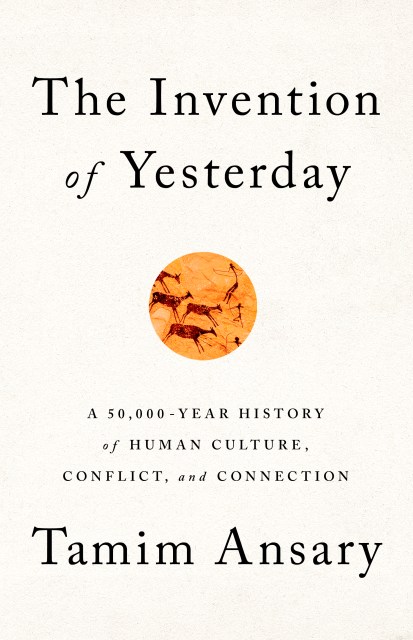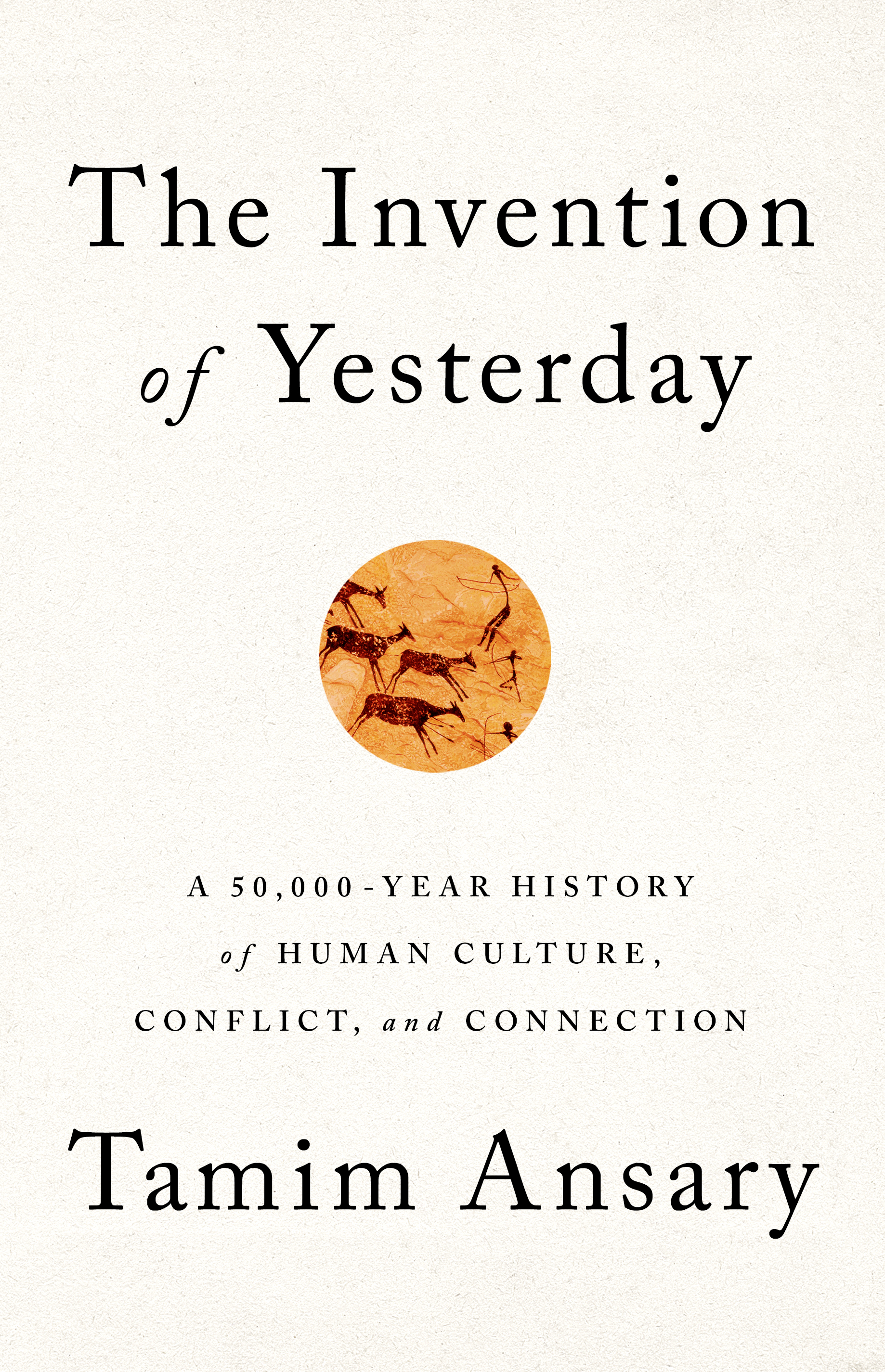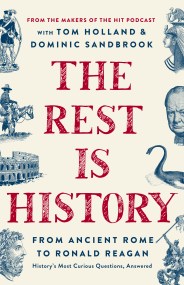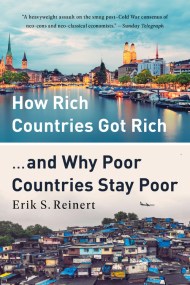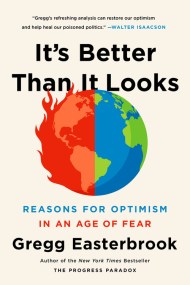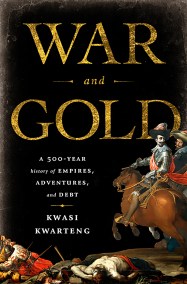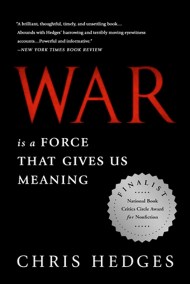Promotion
Use code MOM24 for 20% off site wide + free shipping over $45
The Invention of Yesterday
A 50,000-Year History of Human Culture, Conflict, and Connection
Contributors
By Tamim Ansary
Formats and Prices
Price
$17.99Price
$22.99 CADFormat
Format:
- ebook $17.99 $22.99 CAD
- Hardcover $30.00 $38.00 CAD
- Audiobook Download (Unabridged)
This item is a preorder. Your payment method will be charged immediately, and the product is expected to ship on or around October 1, 2019. This date is subject to change due to shipping delays beyond our control.
Also available from:
Traveling across millennia, weaving the experiences and world views of cultures both extinct and extant, The Invention of Yesterday shows that the engine of history is not so much heroic (battles won), geographic (farmers thrive), or anthropogenic (humans change the planet) as it is narrative.
Many thousands of years ago, when we existed only as countless small autonomous bands of hunter-gatherers widely distributed through the wilderness, we began inventing stories–to organize for survival, to find purpose and meaning, to explain the unfathomable. Ultimately these became the basis for empires, civilizations, and cultures. And when various narratives began to collide and overlap, the encounters produced everything from confusion, chaos, and war to cultural efflorescence, religious awakenings, and intellectual breakthroughs.
Through vivid stories studded with insights, Tamim Ansary illuminates the world-historical consequences of the unique human capacity to invent and communicate abstract ideas. In doing so, he also explains our ever-more-intertwined present: the narratives now shaping us, the reasons we still battle one another, and the future we may yet create.
Genre:
- On Sale
- Oct 1, 2019
- Page Count
- 448 pages
- Publisher
- PublicAffairs
- ISBN-13
- 9781610397971
Newsletter Signup
By clicking ‘Sign Up,’ I acknowledge that I have read and agree to Hachette Book Group’s Privacy Policy and Terms of Use
